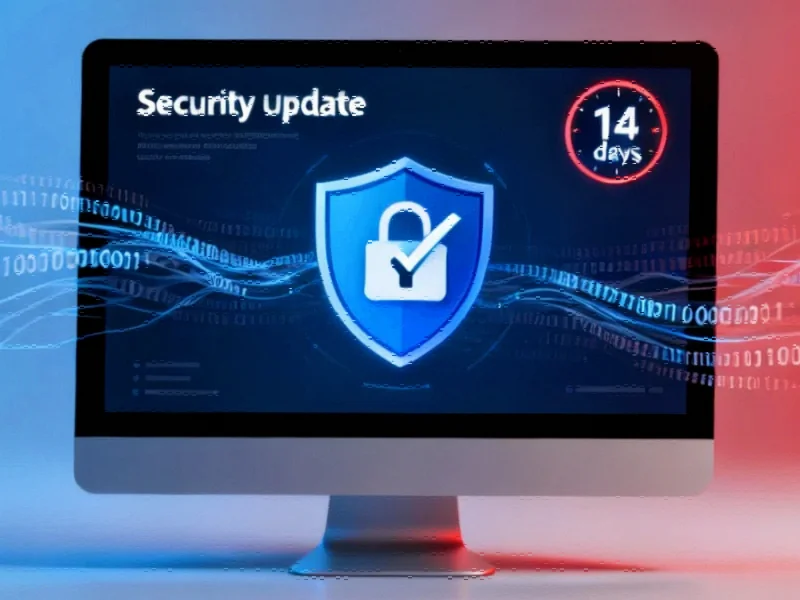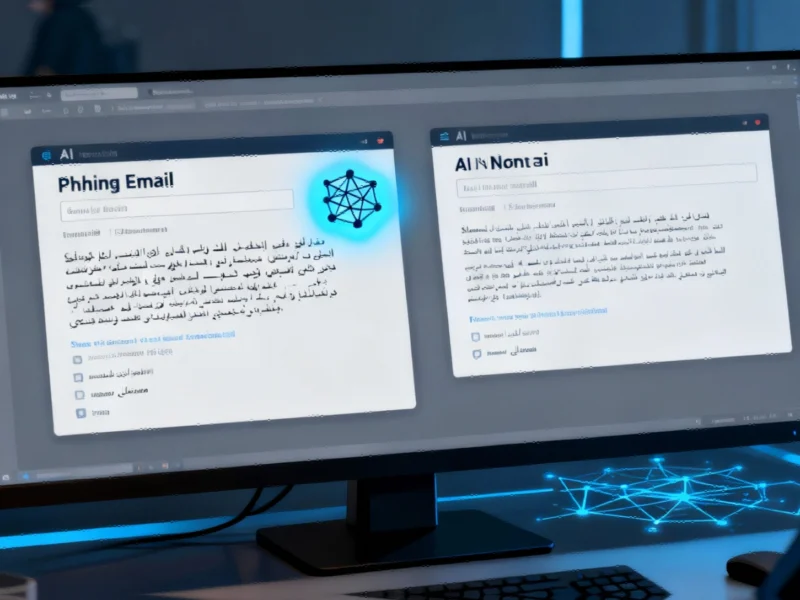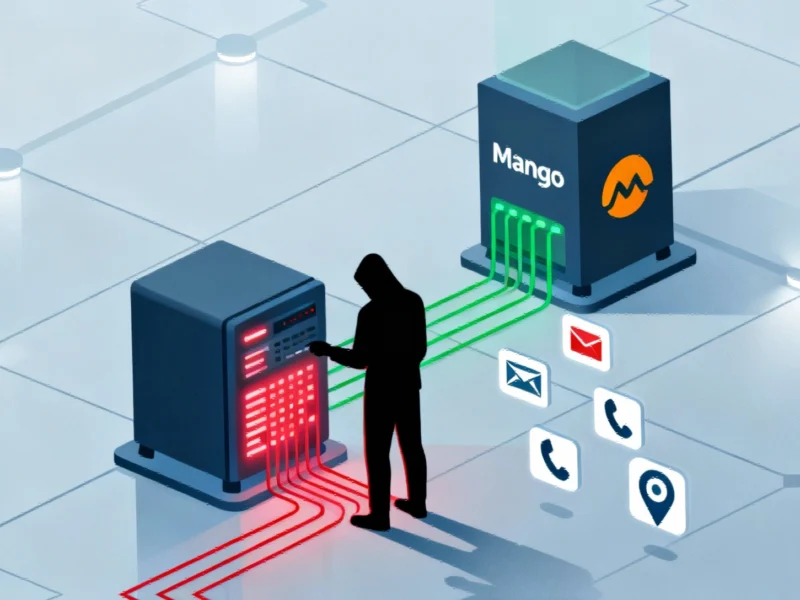Unprecedented Security Update Addresses Critical Windows Vulnerabilities
Microsoft’s October security update represents one of the most significant patch releases in the company’s history, addressing a staggering 196 Common Vulnerabilities and Exposures (CVEs). This record-breaking number surpasses the previous high of 161 and comes during what was already shaping up to be a record year for Windows vulnerabilities. The urgency surrounding this update has been amplified by the Cybersecurity and Infrastructure Security Agency (CISA), which has issued a rare two-week deadline for federal agencies to implement these critical patches.
Two Zero-Day Threats Demand Immediate Attention
Among the extensive list of vulnerabilities, two specific CVEs have risen to the top of the priority list due to their active exploitation and potential impact on industrial computing systems. CVE-2025-59230 represents an improper access control vulnerability in Windows Remote Access Connection Manager that enables local privilege escalation. According to security experts, this type of vulnerability is particularly dangerous because it can serve as a critical link in sophisticated attack chains, even if it doesn’t provide immediate full system access.
The second critical vulnerability, CVE-2025-24990, presents an even more concerning scenario for industrial PC users. This flaw exists in the legacy Agere Modem driver that ships with all supported Windows operating systems, regardless of whether the associated hardware is present. Security professionals are particularly alarmed by this vulnerability’s presence in default system components that predate modern security practices.
Legacy Code Creates Modern Problems for Industrial Systems
The discovery of CVE-2025-24990 highlights the significant security challenges posed by maintaining legacy components within contemporary operating systems. Ben McCarthy, lead cyber security engineer at Immersive, emphasized that “this driver, which supports hardware from the late 1990s and early 2000s, predates current secure development practices and has remained largely unchanged for years.” This situation underscores the broader industry developments in balancing backward compatibility with security requirements.
Alex Vovk, CEO and co-founder of Action1, provided technical context explaining that “it’s an Untrusted Pointer Dereference flaw that lets attackers manipulate memory with kernel-level privileges due to improper validation of user-supplied pointers.” The vulnerability’s presence in default Windows installations means virtually every industrial system running Windows could be affected, regardless of specific hardware configurations.
Federal Directive Signals Critical Nature of Update
CISA’s Binding Operational Directive 22-01 gives Federal Civilian Executive Branch agencies just two weeks from October 14 to implement protections against these vulnerabilities. While this directive specifically applies to government agencies, the implications for industrial computing environments are equally significant. The agency’s warning that organizations should “prioritize timely remediation” reflects the serious nature of these threats to operational technology and industrial control systems.
The urgency of this situation is further emphasized by recent technology security bulletins that detail the potential consequences of delayed patching in industrial environments. These vulnerabilities could enable attackers to escape security sandboxes, establish persistent access, deploy additional malware with system privileges, and move laterally through industrial networks.
Compatibility Considerations for Industrial Environments
Microsoft’s decision to completely remove the vulnerable Agere Modem driver rather than issue a patch represents a significant shift in approach. While this strategy prioritizes attack surface reduction, it introduces potential compatibility challenges for organizations still using Agere modem hardware. Industrial operations relying on this legacy hardware will need to assess their connectivity options and potentially implement alternative communication solutions.
This security update arrives amid broader market trends affecting industrial technology sectors, where security concerns increasingly influence hardware and software deployment decisions. The situation also parallels challenges seen in other sectors, such as the related innovations in cross-border technology implementations that require careful security consideration.
Actionable Recommendations for Industrial PC Users
Immediate Steps:
- Deploy October security updates across all Windows systems within the two-week timeframe recommended by CISA
- Conduct comprehensive vulnerability assessments to identify systems requiring immediate attention
- Monitor for unusual activity that might indicate attempted exploitation of these vulnerabilities
- Assess legacy hardware dependencies that might be affected by the removal of the Agere Modem driver
Long-term Considerations:
- Implement robust patch management processes specifically designed for industrial environments
- Develop contingency plans for legacy system components that may face similar removal in future updates
- Enhance network segmentation to limit potential lateral movement in case of successful exploitation
- Regularly review and update security protocols to address evolving threats to industrial control systems
The combination of active exploitation, broad system impact, and federal urgency makes this security update one of the most critical in recent memory for industrial computing environments. Organizations that delay implementation risk significant security consequences that could disrupt operations and compromise sensitive industrial processes.
This article aggregates information from publicly available sources. All trademarks and copyrights belong to their respective owners.
Note: Featured image is for illustrative purposes only and does not represent any specific product, service, or entity mentioned in this article.



